Happy mental health month from all of us at Embrace Sexual Wellness! To celebrate, we compiled a selection of mental health and psychotherapy focused Instagram accounts for you to explore. Self-care is an integral part of overall wellness and that includes making sure your social media feeds are full of posts that make you feel good.
We hope these accounts will help you do just that:
This account both makes their own content and curates posts about mental health from other curators to make them easily accessible in one place. Recent post topics have included 5 signs of undiagnosed ADHD, symptoms of anxiety, and survival strategies for depression.
This account focuses specifically on mental health resources for Black women. They also have a website. Recent post topics have included healing from parents who hurt you, 5 ways to reclaim your sexuality, and journaling prompts.
Self-proclaimed “retired party girl → relatable therapist” Amanda White runs this account, though she specifies it’s not only for women. She posts much needed reminders and guides about treating ourselves and each other kindly. Recent post topics have included self-validation, boundary violations, and body neutrality.
Therapist Jordan Pickell is a trauma and relationship therapist who focuses on boundaries, self-compassion, and reciprocal relationships. Recent post topics have included the importance of play, receiving interpersonal feedback, and vulnerability hangovers.
Trauma survivor Madeline Popelka gives general mental health tips and otherwise generally gears content towards trauma and PTSD adjacent topics. Recent post topics have included getting better sleep, victim blaming, and what to do between therapy sessions.
Source: Total Shape totalshape.com
Therapist Nedra Tawwab focuses on boundaries and interpersonal relationships. Her posts are often easily digestible blurbs about these ideas. Recent post topics have included practicing non-judgment, hard truths, and green flags in a relationship.
Dr. Jennifer Mullan explores mental health through an anti-racist, decolonized lens. A project she is working on is about honoring rage. Recent post topics have covered generational trauma from colonization, rage from generational trauma grief, and divesting self-worth from labor.
This account “honors the importance of choosing self-care over self-harm.” They often post affirmations and reminders. Recent post topics have included what anxiety looks like, self-care ideas, and a feelings check-in post.
Mental health advocate Cally Tate who is recovering from anorexia, depression, anxiety, OCD, and BDD, runs this account that covers a wide breadth of mental health topics. Recent post topics have included panic attacks, Mental Health Awareness Month, and showing emotions.
This is just a sampling of the thousands of accounts talking about mental health. There are many more specific resources for particular mental illnesses and therapeutic approaches out there. Social media at the end of the day should serve us, not drain us; adding accounts that offer practical advice for nurturing mental health is part of curating that experience. Remember to take care of yourself this Mental Health May and every month.


































